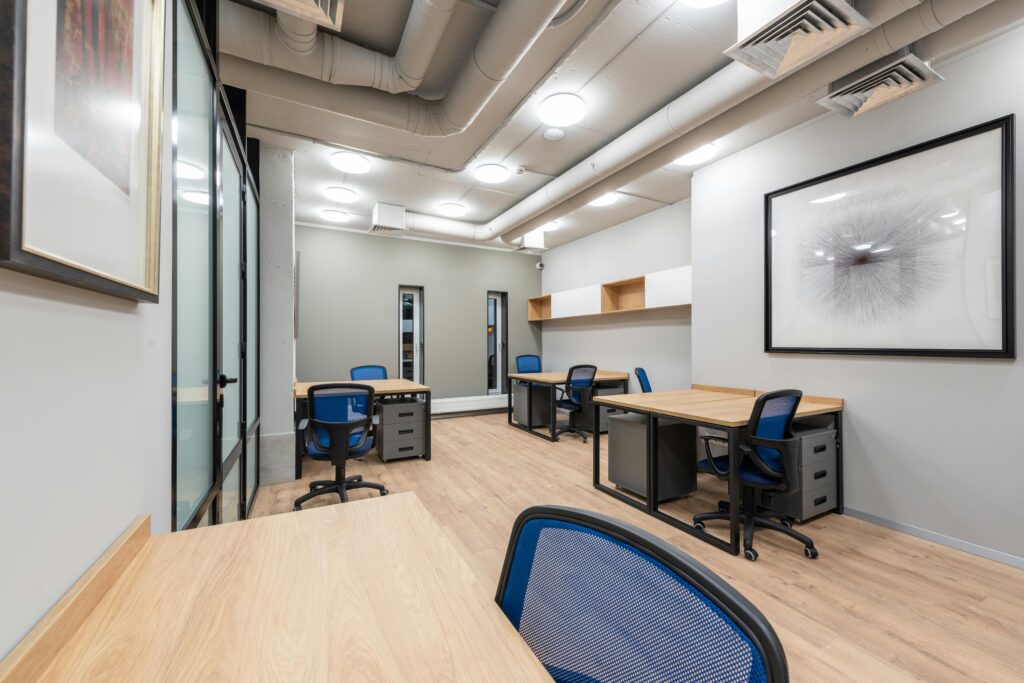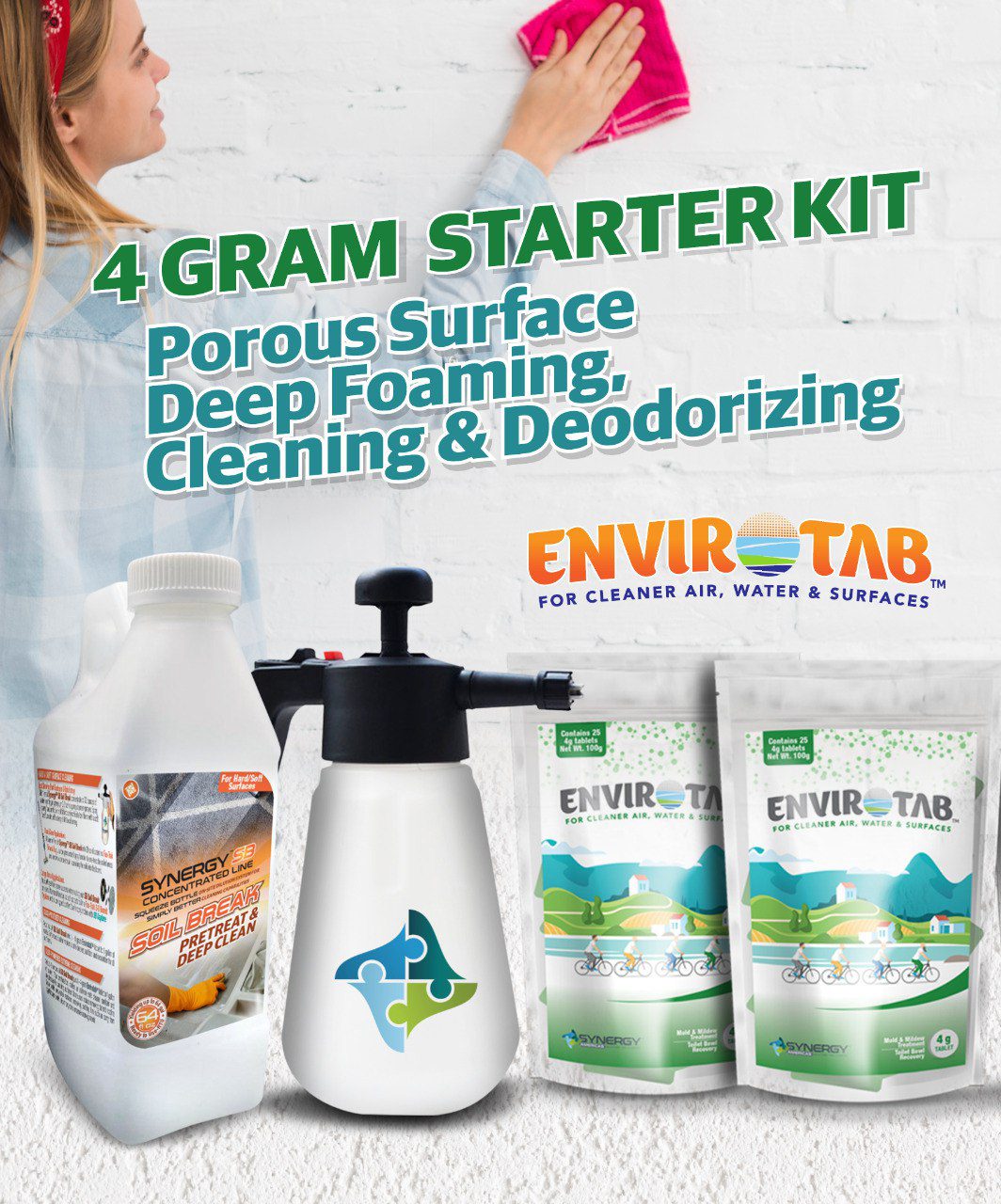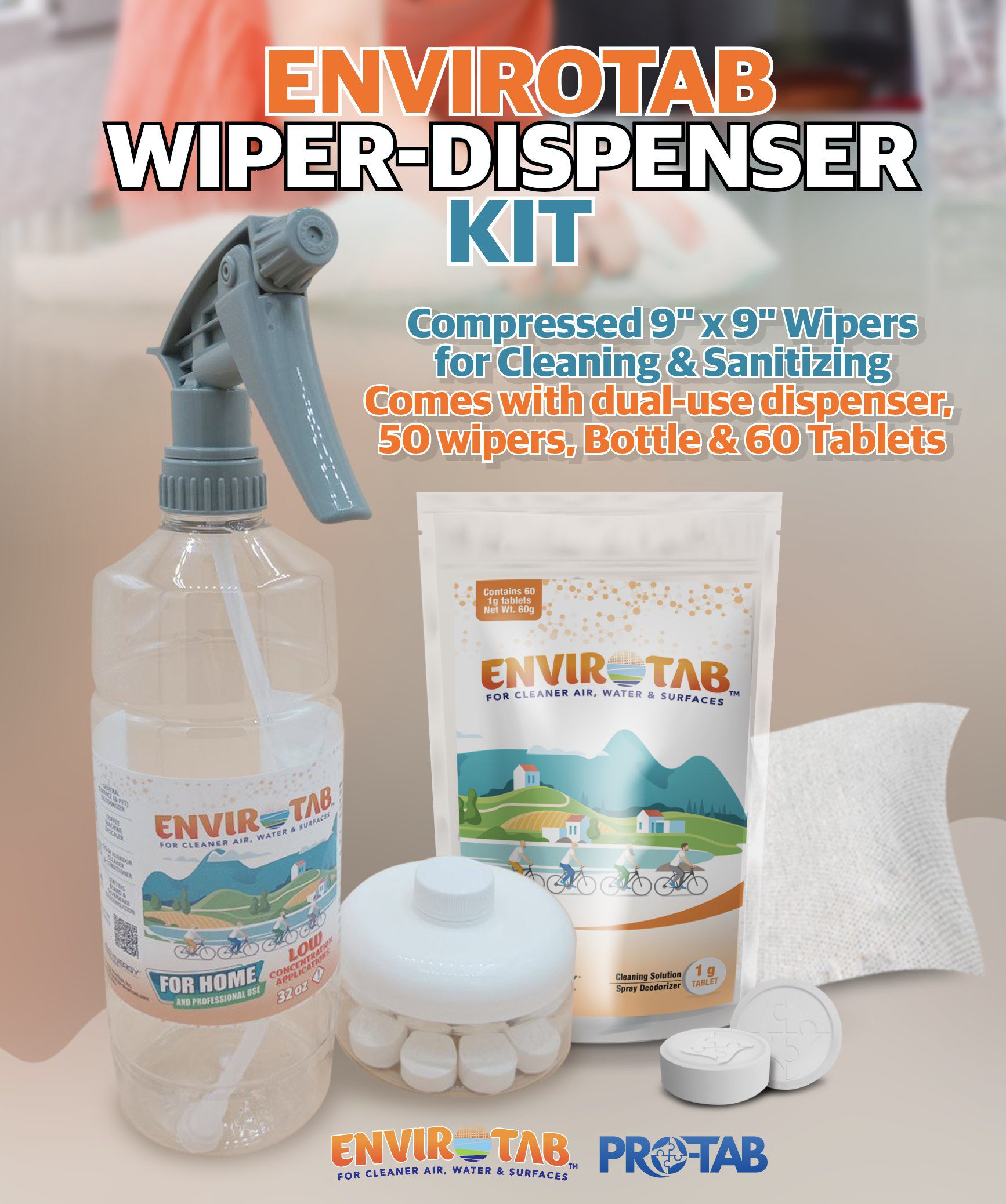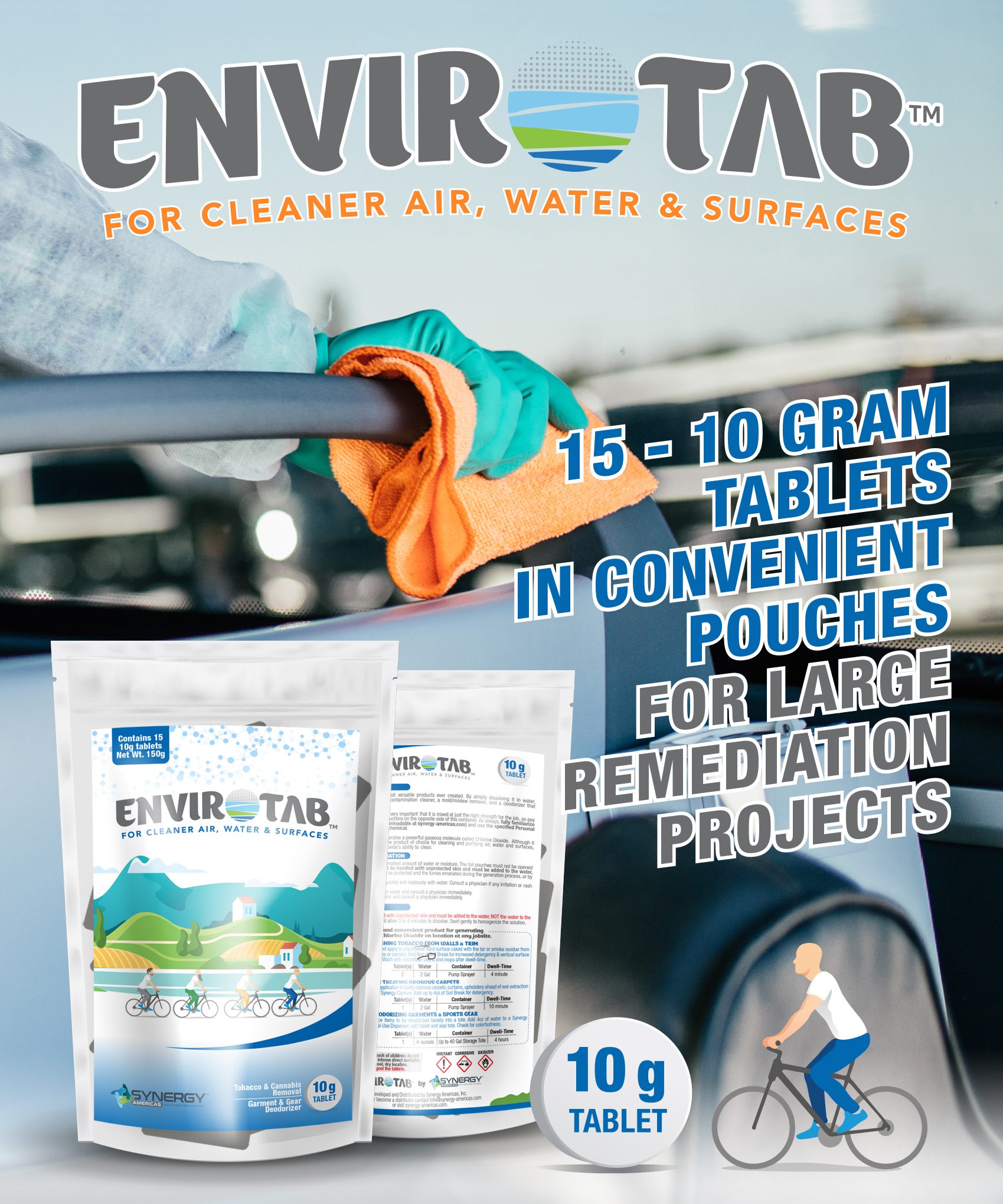ClO₂ HVAC Cleaning: Duct, Air & Drain Line Sanitization Guide
Summer humidity isn’t just sticky—it’s a breeding ground for hidden contaminants in your HVAC system. From dusty ducts that harbor mold and biofilm to air that flows through with unseen pathogens, and drain lines that clog and grow microbial film, these problems quietly degrade indoor air quality and can impact health.
The good news? You don’t need harsh chemistry or guesswork—just a science-backed approach using chlorine dioxide (ClO₂) tablets. Whether you're a homeowner, facility manager, or cleaning professional, here’s exactly how to use ClO₂ to clean HVAC ducts, sanitize the air, and keep drain lines clear—all while staying safe for pets, families, and sensitive indoor environments.
Short answer is YES! This is how.
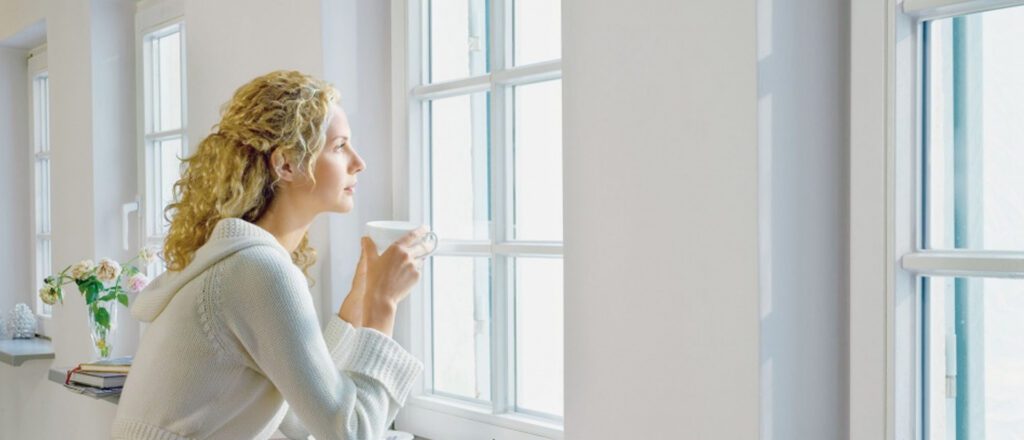 Section 1: First Question—What’s Your Goal?
Section 1: First Question—What’s Your Goal?
Before doing anything, ask:
Are you trying to clean the interior surfaces of the ductwork (the physical build-up), or simply sanitize the air passing through?
They require two different approaches. If the ducts themselves are suspect—old build-up, odors, previous use as a high-contamination space (we see this a lot from repurposed homes, old animal shelters, etc.)—start with surface cleaning. If the structure is already clean and you just want healthier air circulation, you can take a lighter-touch approach.
Section 2: Cleaning the Interior Surfaces of Ductwork
When to do this:
- You smell lingering must or organic funk coming from vents
- The property has had heavy previous use (e.g., pet shelter, long-term occupancy without proper maintenance)
- Visible dust build-up, mold spotting, or you’re doing a proactive deep remediation
 Step-by-step:
Step-by-step:
- Start with a professional dry brush + vacuum duct cleaning.
- This removes physical debris, dust, and loose biofilm. You can coordinate or guide your contractor—this is the foundational prep.
- Prepare a 200 ppm ClO₂ mist for remote surface sanitation:
- Dissolve one 4g Envirotab (chlorine dioxide tablet) into ½ gallon of lukewarm water (64 oz total solution).
- Let it fully activate per product instructions (you’re creating a ~200 ppm working solution).
- High Range Test Stips are now available for accurate measurements of Chlorine Dioxide PPM mixtures.
- Load this solution into a fogger/mister (recommendation: consumer-grade cordless fogger like the Ryobi style, but professional units also work).
- Activate the HVAC blower (fan override):
- Find the bypass or fan override that runs the blower without heating or cooling.
- This creates airflow through the cold-air returns. (Tip: test each return with a piece of paper—cold-air returns will pull it in, supply vents blow it away.)
- Remote misting:
- In short 1-second bursts, spray the ClO₂ mist into each cold-air return.
- The airflow will carry the mist deep into the duct network, contacting interior surfaces without needing direct access.
- Continue for ~30 seconds per return, then move to the next.
- After treating all returns, turn off the fan override and resume normal HVAC operation.
 Why this works:
Why this works:
The fine 200 ppm ClO₂ mist oxidizes and sanitizes residual microbial growth, odor-causing compounds, and surface contaminants without leaving harmful residues—breaking down into benign byproducts.
Section 3: Sanitizing the Air Passing Through (When Duct Surfaces Are Already Clean)
If your ducts are structurally clean and you're focused on airborne sanitization, go lighter—no misting or duct override required.
Solution:
- Order and place 200g OdorPros Pouches in or near your HVAC airflow:
- Position them on either side of the air filter, or under cold-air return grilles.
- IMPORTANT: Do not place pouches directly on metal surfaces. Instead, set them on a paper plate, cardboard, or similar spacer to avoid local oxidation damage to duct metal from moisture interaction.
These pouches release controlled ClO₂ vapor that continuously treats incoming or returning air—reducing odors, microbes, and volatile organic compounds without active intervention.
Section 4: Cleaning & Protecting the Condensate/Chiller Drain Line
Why it matters: Drain pans and condensate lines are moisture traps where biofilm and microbial growth establish quickly. Left unchecked, they contribute to smell, clogs, and even retrograde contamination into the air system.
Two-part protocol:
- Manual cleaning (best practice):
- Use the Envirotab Wiper Starter Kit (with spray mixture and wipers) to clean and rinse the condensate tray/pan.
- Physically remove grime and biofilm so that the ClO₂ can work on prevention—not just mask issues.
- Preventive dry tablet placement:
- Place a single dry 1g tablet directly on the plastic surface of the drain pan (only if it's plastic—this is the one case where you don’t dissolve into water).
- As condensation collects, the tablet reacts with liquid to slowly release ClO₂, guarding against biofilm build-up in the drain line.
- Reminder: The usual rule is “add tablets to water, not water to tablets”—this is the exception because the slow moisture contact allows controlled activation safely.
Section 5: Safety & Best Practices
- Always follow product labeling and dilution instructions.
- Use personal protective equipment if you’re misting in confined service spaces (gloves, eye protection).
- Keep pets and people away from active fogging until treated air has circulated and normal airflow resumes.
- Do not place OdorPros pouches directly on metal—use insulation to prevent localized metal oxidation.
- Schedule routine maintenance: Clean the drain pan quarterly if humidity is high or the system sees heavy use.

Closing / Call to Action:
Whether you’re maintaining a home, managing a facility, or rescuing a space with tough history, chlorine dioxide gives you an intelligent, safe, and scalable way to sanitize HVAC systems from air to drains.
You’ve got the problems: summer humidity, hidden microbial growth, cycling odors, and compromised indoor air quality.
You’ve now got the solutions: science-backed ClO₂ protocols that work where it counts.
Ready to get started?
Explore our full line of Chlorine Dioxide cleaning and HVAC remediation products at clo2tablets.com, and if you'd like a technician-ready version of this protocol for your team or contractor, I can package that next.

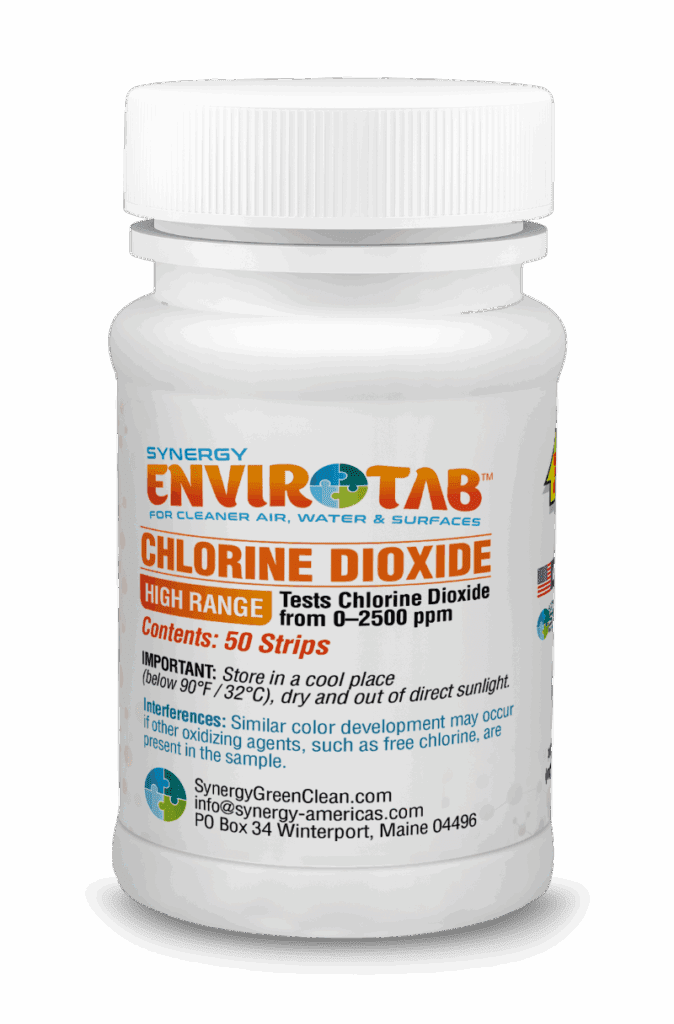 Step-by-step:
Step-by-step: Why this works:
Why this works: